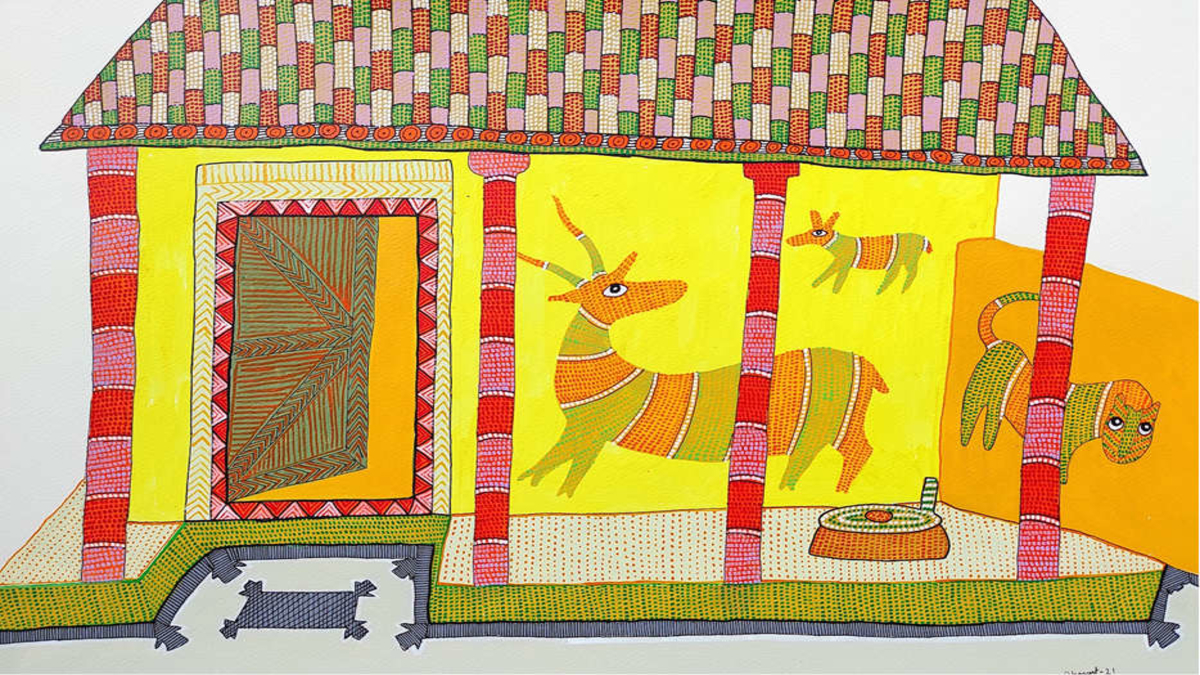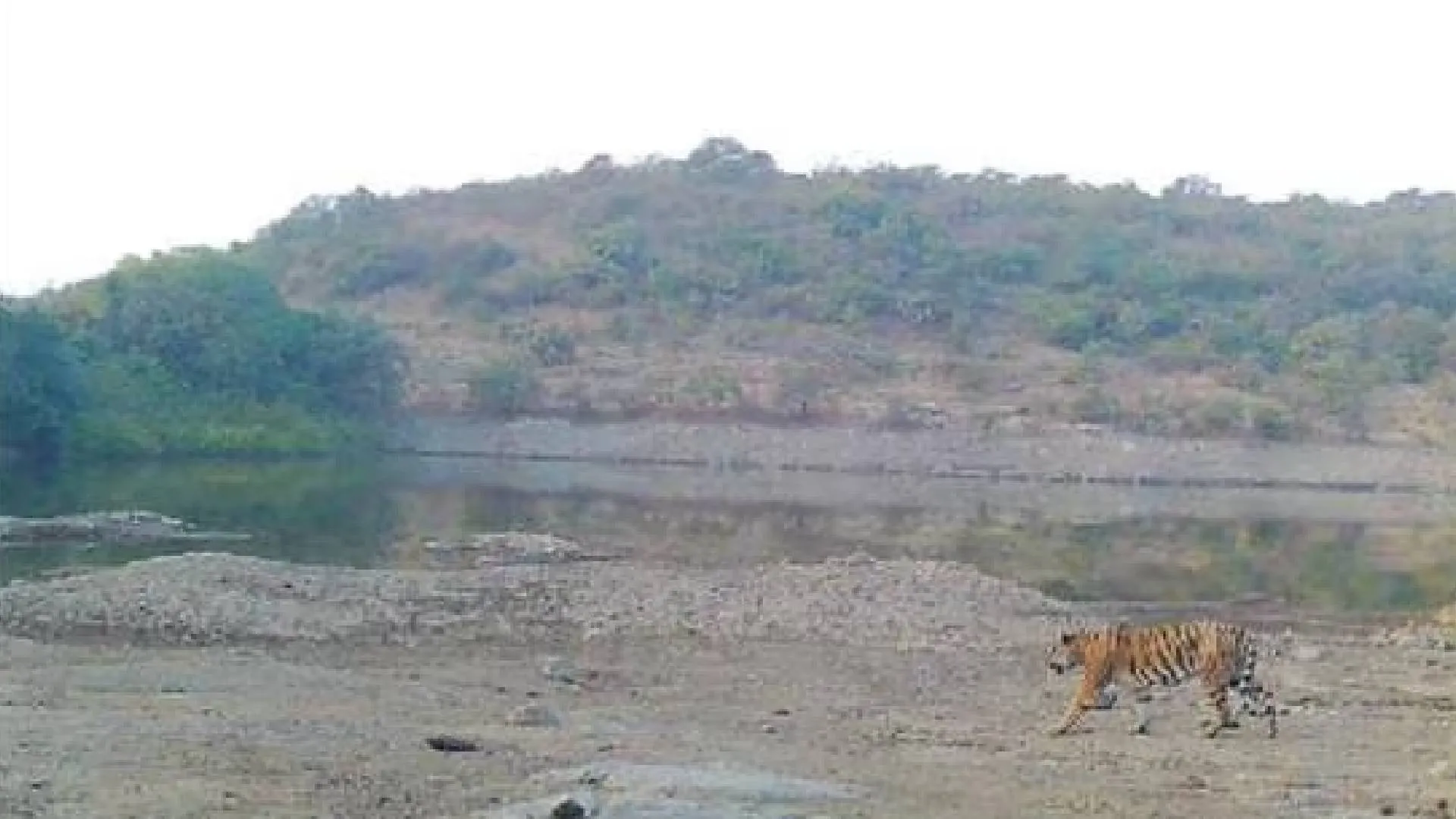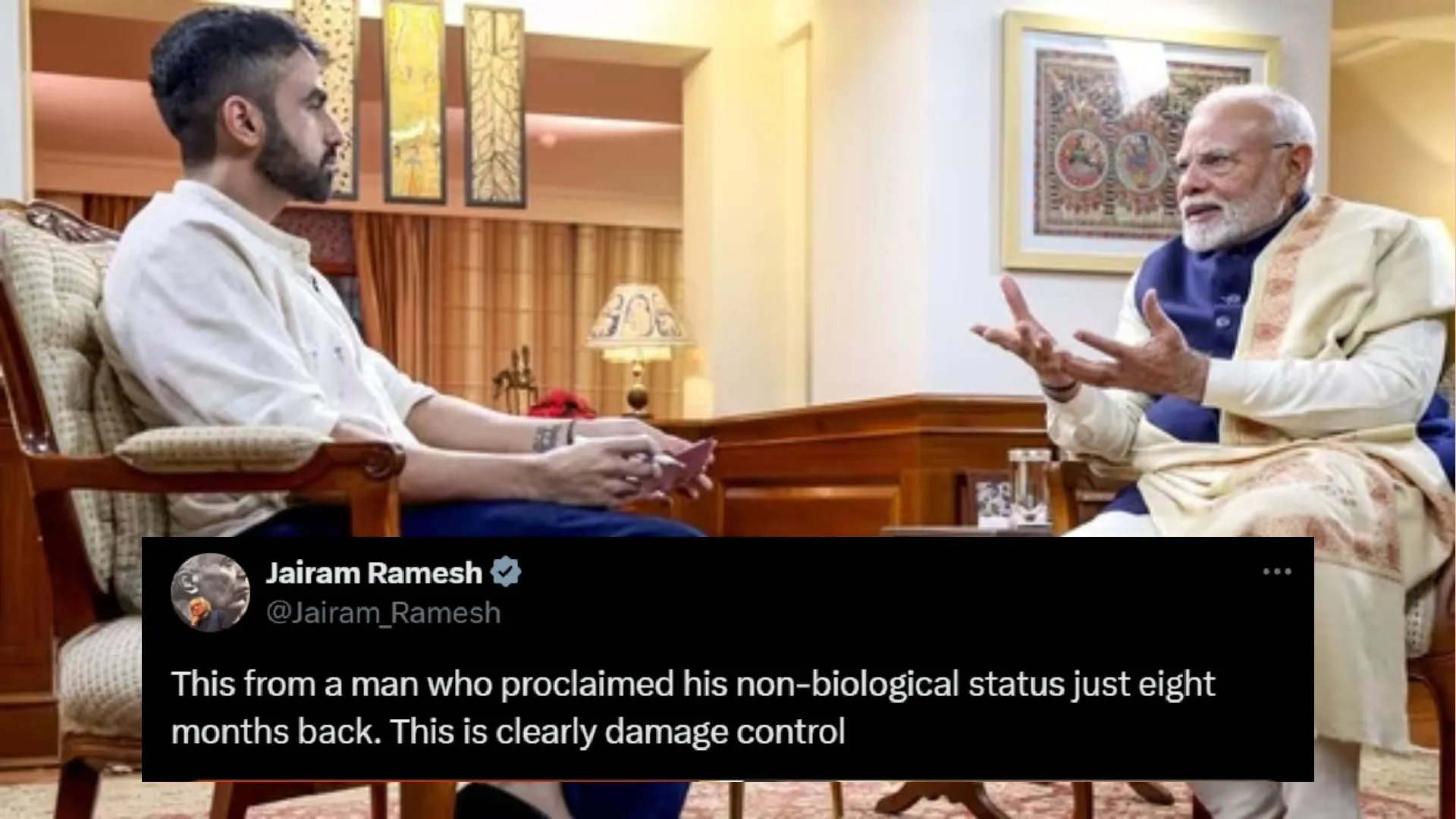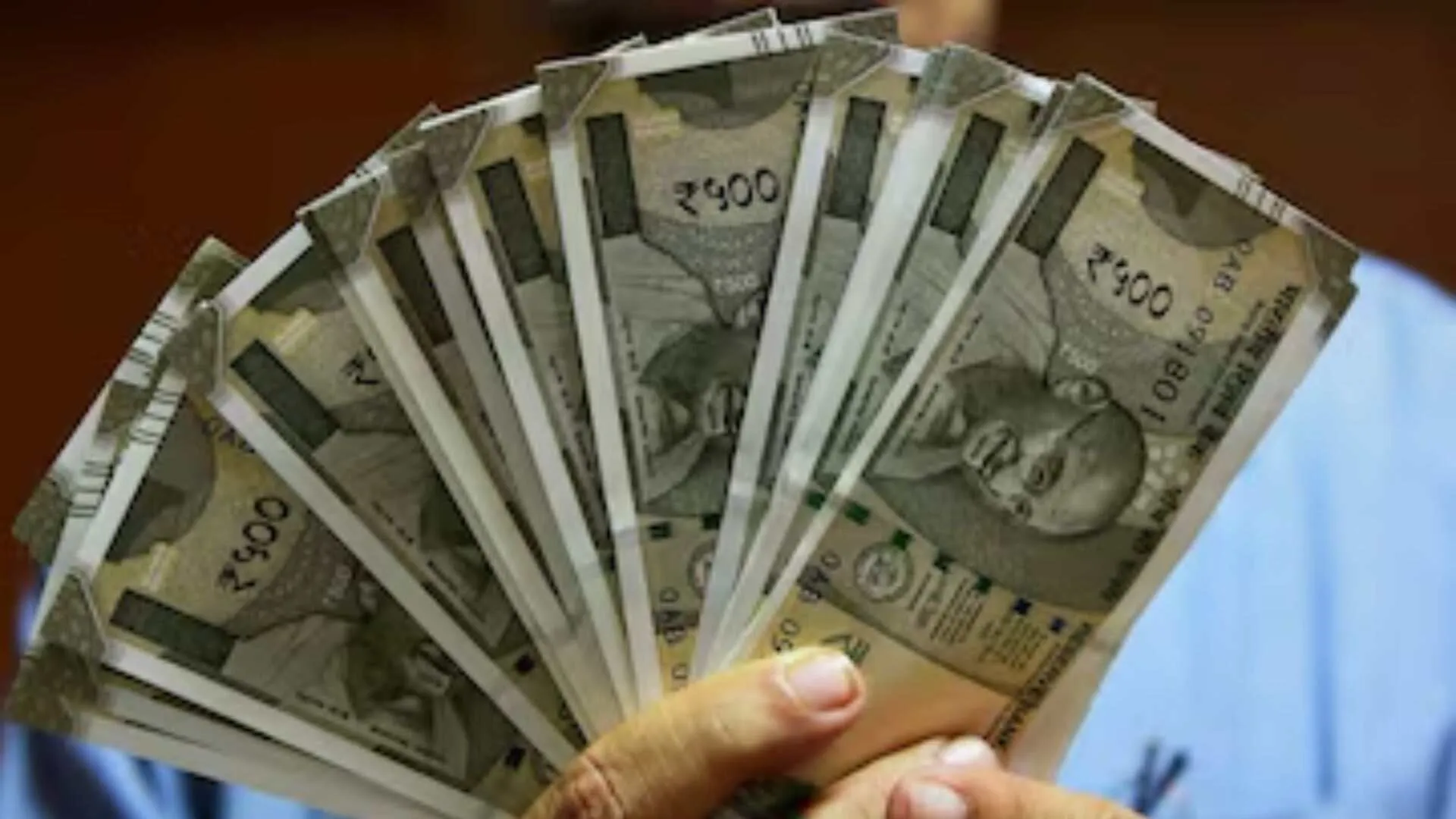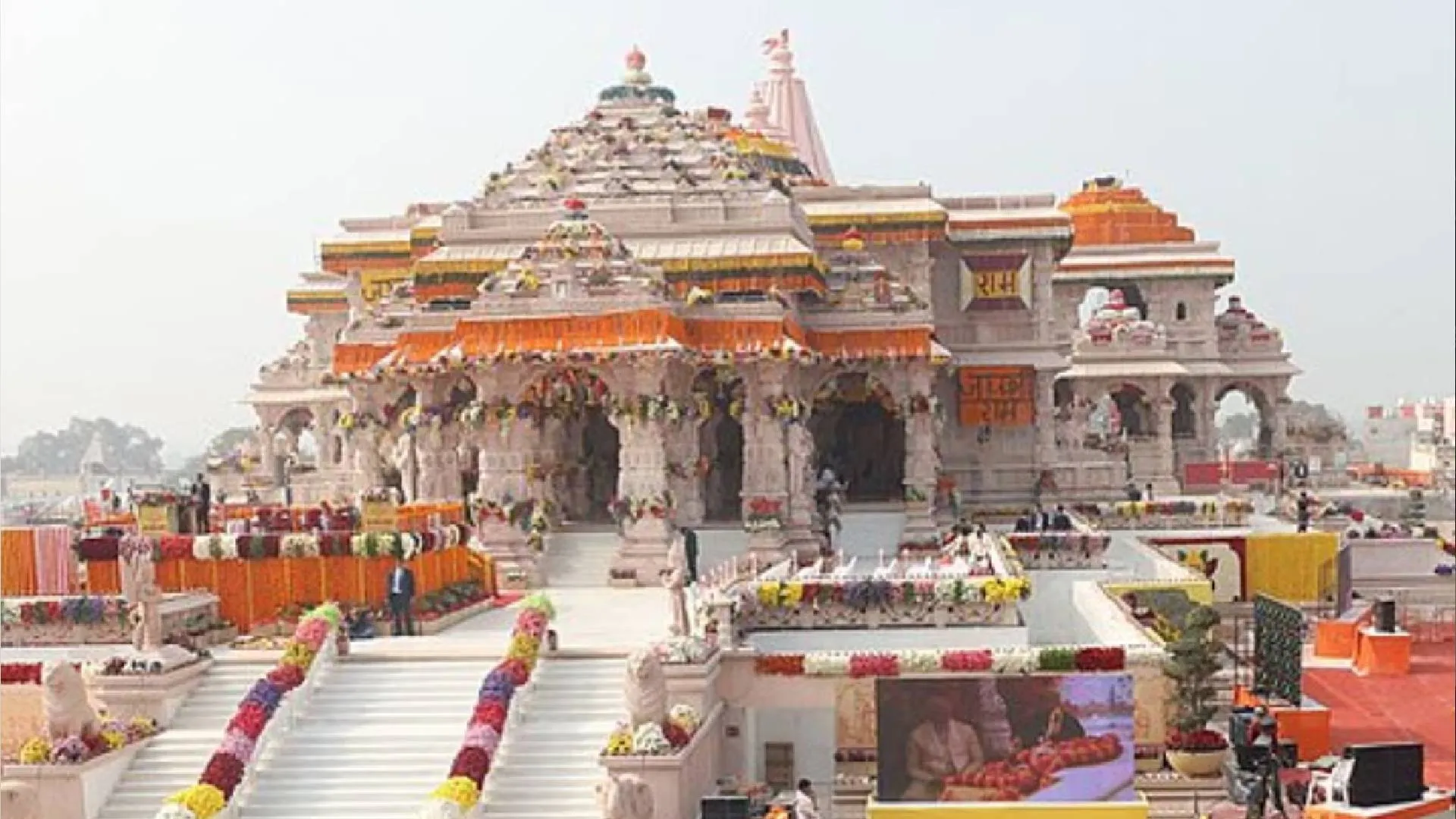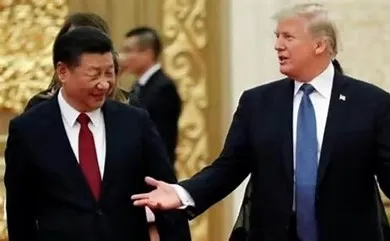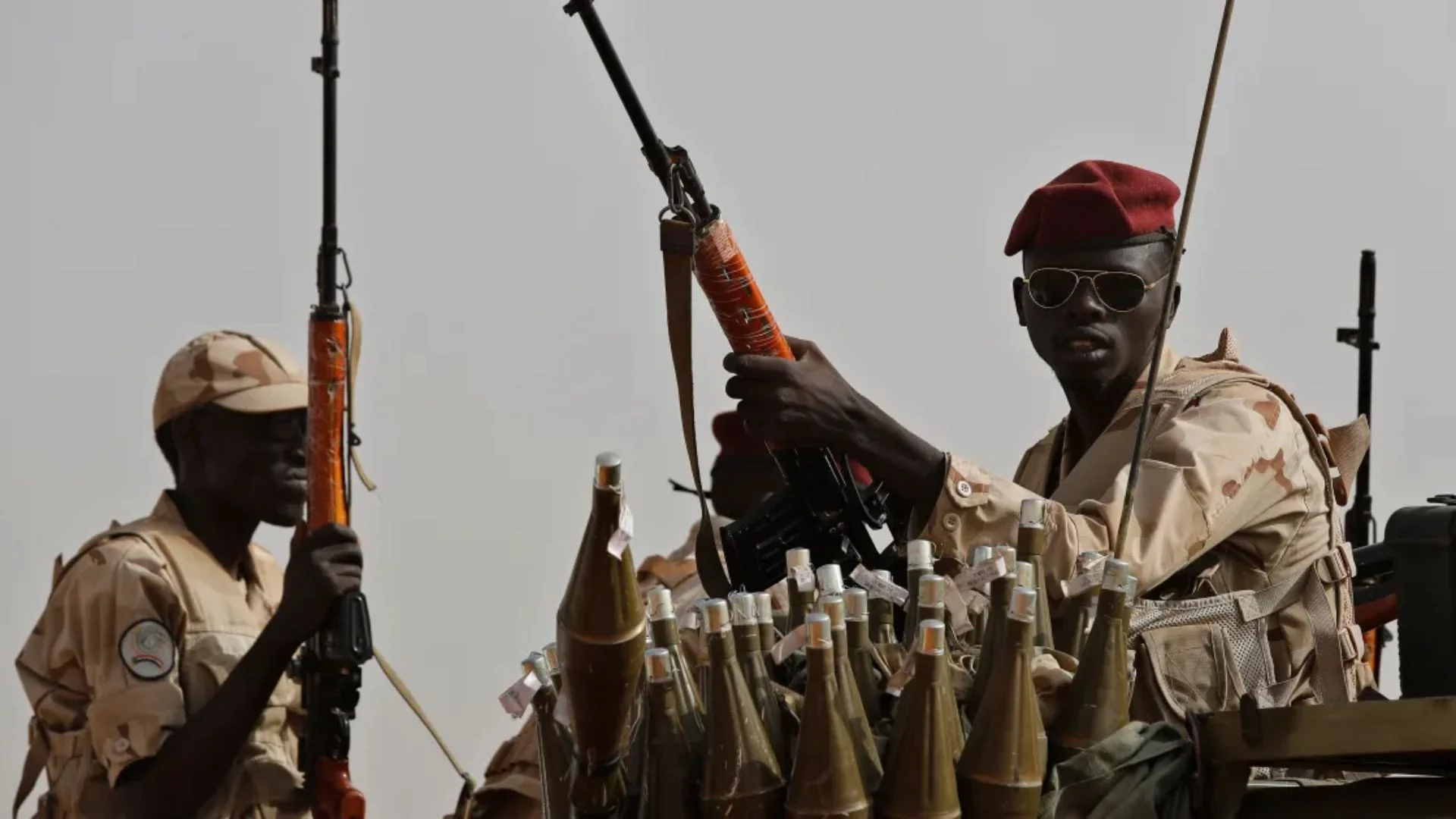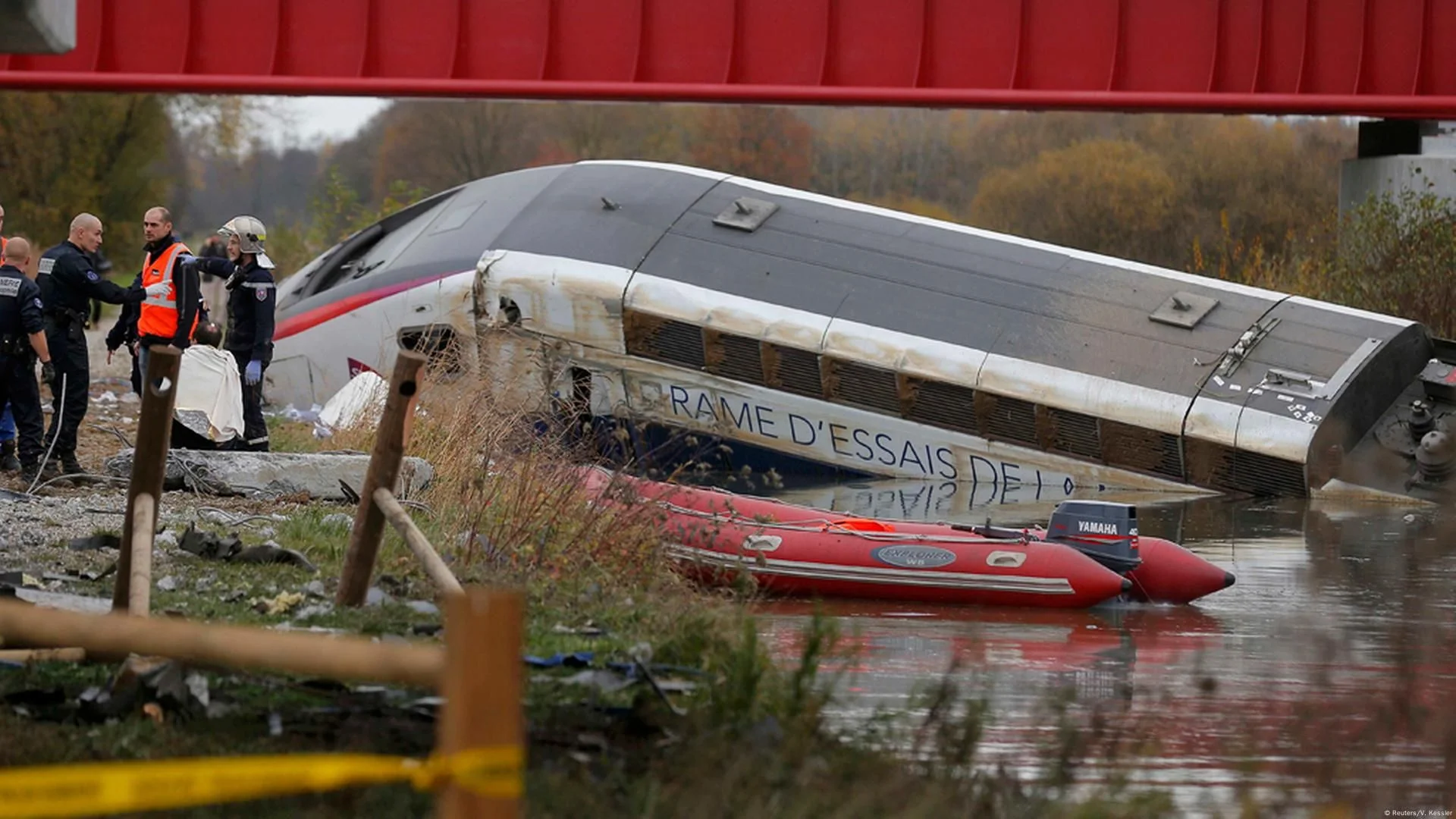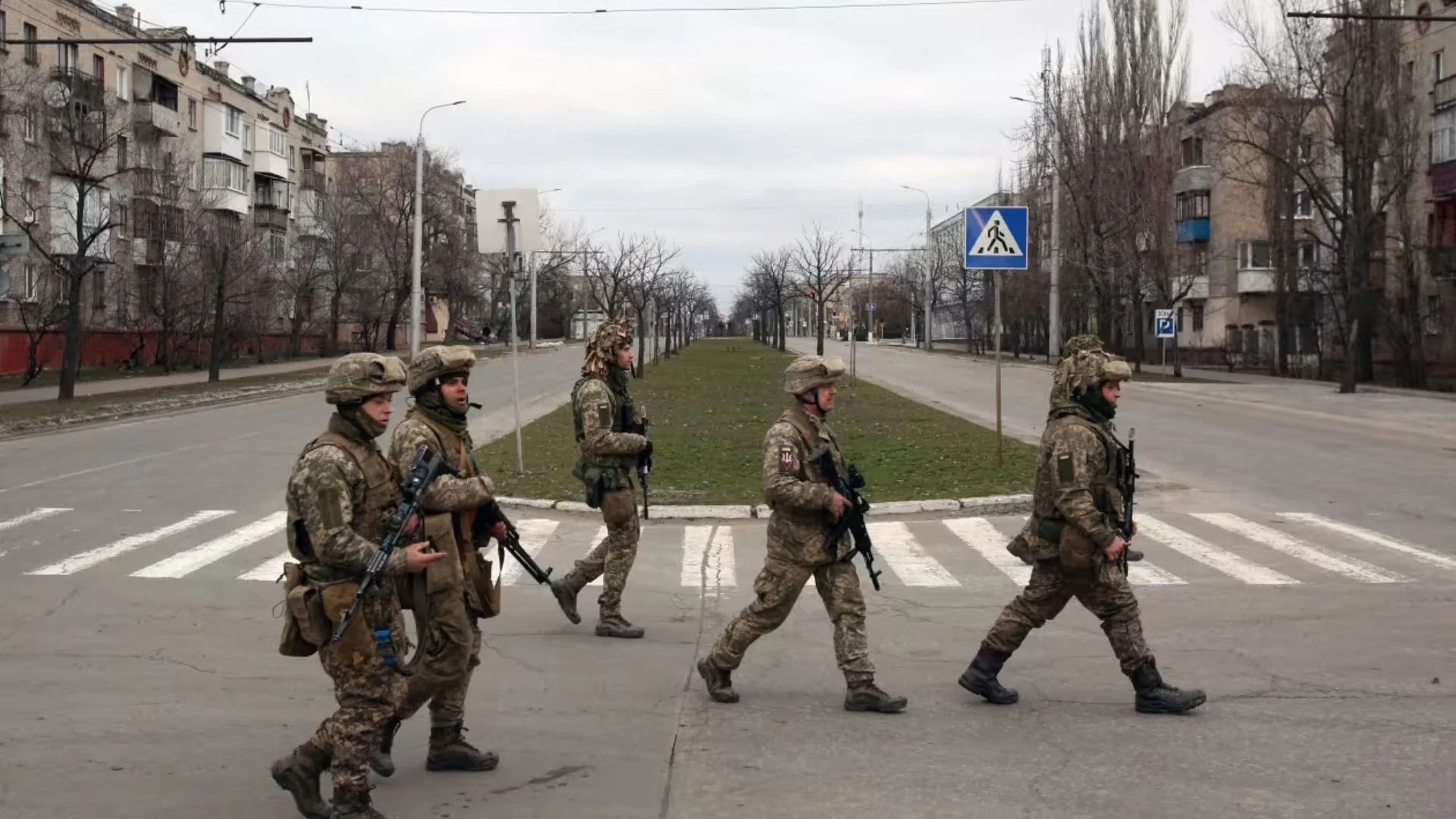Gallery Ragini presents the exhibition Conversations in my own language, a show that highlights the contemporary vernacular art in the country. The practices involved in creating these works are rooted in longstanding traditions. Some are rooted in religion or some in folklore, the common thread being the evolution of the artist’s environment and their contemporary observations narrated in these works. The exhibition has been curated by Nidhi Jyoti Jain.
It has taken us years to decolonise our mind and are hence fearless to express in our own language and thrive in the comfort we derive by a sense of familiarity, it is an aesthetic reclamation in its own right. It has been a long journey of trying to identify ourselves, we are indebted to these artists who have been custodians of our glorious traditional and tribal arts.
As the world around them has evolved, so have the artists and what they depict. This is particularly seen in the works of Dhavat Singh, a Gond artist. His new series depicts his village and the home he fears will be lost in the future. Gond art evolved from the bitti chitra or wall murals, later put to paper and canvas. Dhavat’s work in a sense brings it full circle.
A Kumar Jha follows the line drawing tradition of Madhubani with the traditional zeal. However, his individual aesthetic stands out in his use of color in a series of yellow-white and red-white depictions of goddesses, and his depictions of the various banks of the rivers Ganga and Yamuna.
Anil Khakhoriya practices the traditional method of embroidery on fabric to create an eclectic texture on the Pichwai. He works on different mediums and has recreated the woven Net Pichwai from the late eighteen hundreds.
Manish Soni is driven by his love for his hometown, Nathdwara. He endeavours to uphold his family tradition of painting Pichwai for the ancient Shreenath Temple. He paints traditional subjects of the region.
M Vishwanath Reddy is committed to save the ancient art form of Kalamkari set in the beautiful temple town Srikalahasti. The artist paints with natural dyes on hand spun cotton fabric, a tradition passed on over centuries. Motifs drawn in Kalamkari span from flowers, peacock, paisleys to divine characters of Hindu epics like Mahabharata and Ramayana.
S. Srinivas Rao hails from the town of Machlipatnam in Andhra Pradesh. His family have been custodians of Kalamkari art for centuries. He specializes in carving out his own woodcut blocks for his art. Srinivas was awarded the state award in the year 1996.
Prakash Chandra hails from the artist village of Raghurajpur in Orissa. His detailed pen work and his beautiful paintings derive from the traditional Rath Yatra at the Jagannath temple. His work also reflects the prevalent contemporary culture around him.
P. Swamy, born in 1968, hails from the temple town of Chidambram. These sculptures are carved out of single wood blocks intricately done by Swamy’s family over centuries. The temple sculptures origin dates back to before the Chola period and were highly patronised by the Chola dynasty. The essence of this art form remains deeply rooted in tradition.
Date: 8th to 12th April
Time: 11 am to 7 pm
Venue: The Bikaner House, New Delhi

